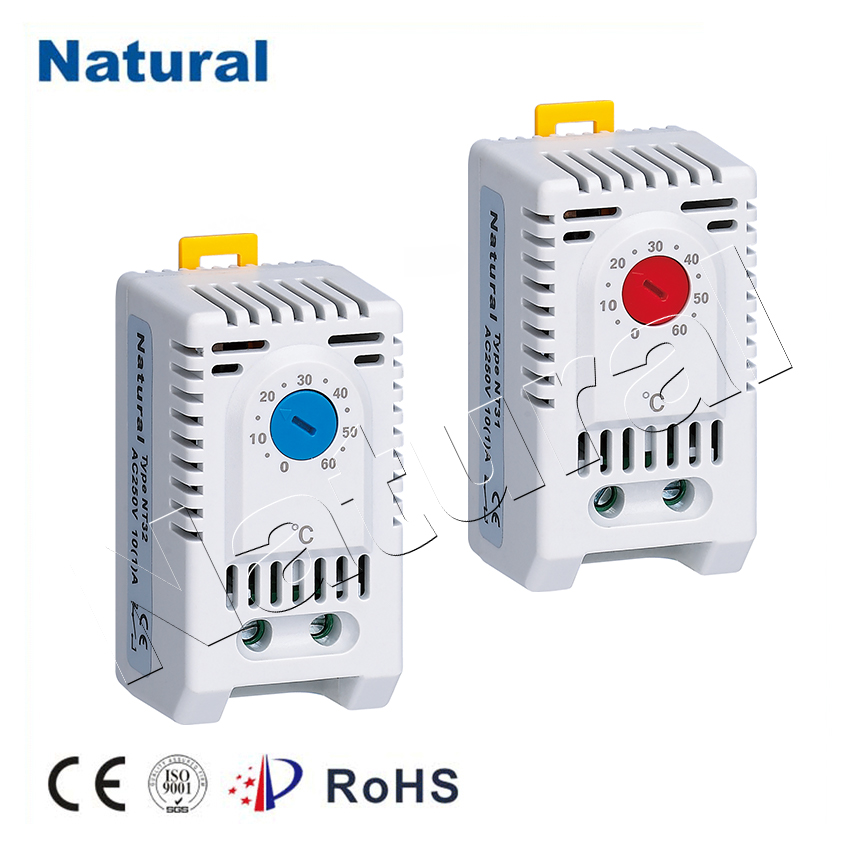In modern industrial settings, temperature regulation is crucial to maintaining operational efficiency and ensuring the longevity of equipment. One of the most popular solutions for temperature control is the DIN Rail Thermostat. These devices have become indispensable in a wide range of applications due to their flexibility, ease of installation, and reliability. This article will explore the features, benefits, and common applications of DIN rail thermostats, as well as the reasons they are favored in industrial environments.

What is a DIN Rail Thermostat?

A DIN rail thermostat is a temperature control device designed to be mounted on a standard DIN rail—an internationally recognized metal track used for securely installing electrical devices in control panels, switchboards, and other industrial setups. These thermostats are specifically designed to control and maintain desired temperature settings in various systems, such as heating, ventilation, air conditioning (HVAC), and industrial machines. The DIN rail configuration is advantageous because it allows for easy integration into existing electrical panels and simplifies the overall installation process. The thermostat’s design typically includes sensors to monitor temperature and an actuator to control the connected heating or cooling systems based on the temperature readings.
